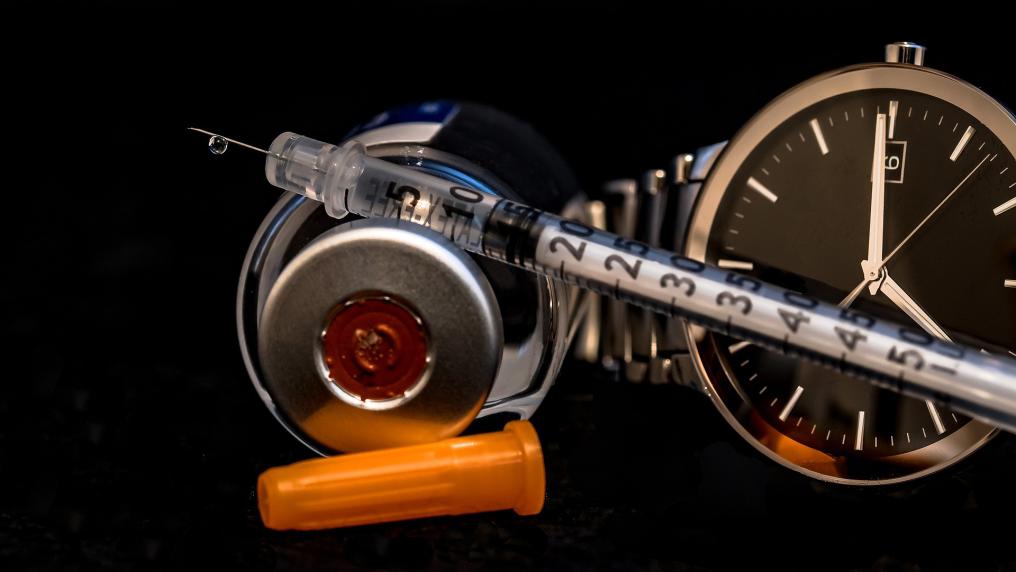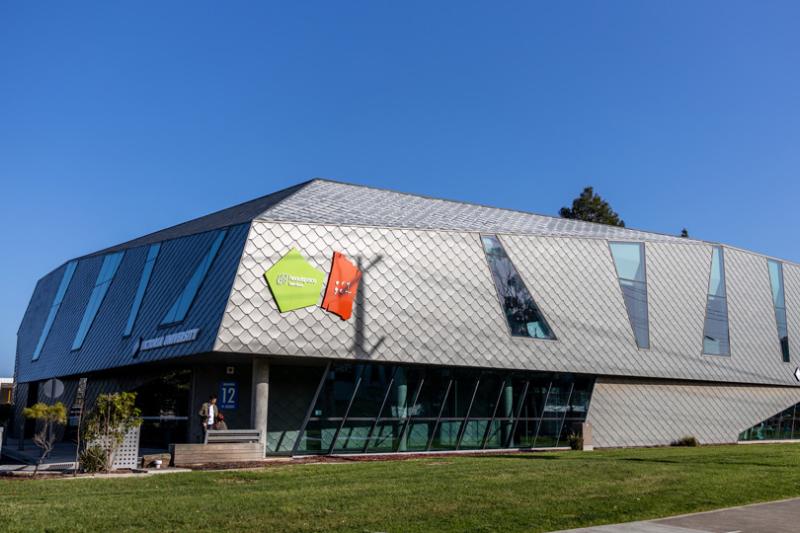VU funded for diabetes projects

Two Victoria University research projects have been selected for funding under the $3.6 million 2018 Diabetes Australia Research Program (DARP).
Victoria CEO Craig Bennett said the nationally-competitive program supports research into the prevention, management, and possible cure for diabetes, and also encourages up-and-upcoming diabetes researchers.
The research of VU Associate Professors Itamar Levinger and Nigel Stepto were among 52 projects across Australia selected for funding, announced Tuesday on World Diabetes Day.
Preventing diabetes with bone hormones
Associate Professor Levinger, who leads the cardiovascular research group in VU’s Institute of Sport, Exercise and Active Living (ISEAL) and is a program director at the Australian Institute for Musculoskeletal Science (AIMSS), is examining novel links between the skeleton and insulin resistance – a hallmark of type 2 diabetes – and sarcopenia, or loss of muscle mass and strength.
“Both insulin resistance and sarcopenia are major health problems that can lead to increased risk of falls, fractures, hospitalisation, reduced capacity to perform daily activities, and premature death,” he said.
“Costs to individuals and the community from these conditions are expected to increase in future due to an ageing population and more sedentary behaviours.”
Associate Professor Levinger’s project will examine whether the hormone osteocalcin, released by bones, can be used as a novel avenue to prevent or minimise loss of muscle mass, and the development of insulin resistance. It will be vital in pursuing novel drug interventions for both sarcopenia and type 2 diabetes.
Diabetes & polycystic ovary syndrome
Associate Professor Stepto, who works in the metabolic function group in ISEAL, and is a project director at AIMSS and member of the NHMRC Centre of research excellence in polycystic ovary syndrome (PCOS), will explore novel causes of insulin resistance in the muscle of women with PCOS.
These women are up to eight times more likely to develop diabetes due to condition-specific insulin resistance. His project, supported Dr Alba Moreno, aims to identify if an important family of growth factors have a role in the unique PCOS-specific insulin resistance.
“This work is likely to highlight new targets for drug development and inform improved treatment strategies in a complex endocrine and reproductive condition affecting one-in-five reproductive-aged Australian women,” he said.
Diabetes underdiagnosed & increasing
Almost 320,000 Victorians are registered with the National Diabetes Services Scheme as being diagnosed with diabetes, but an estimated 125,000 more live with type 2 diabetes without knowing it.
While there is no cure for any type of diabetes, prevalence rates are steadily increasing for type 1 diabetes, type 2 diabetes and gestational diabetes.



